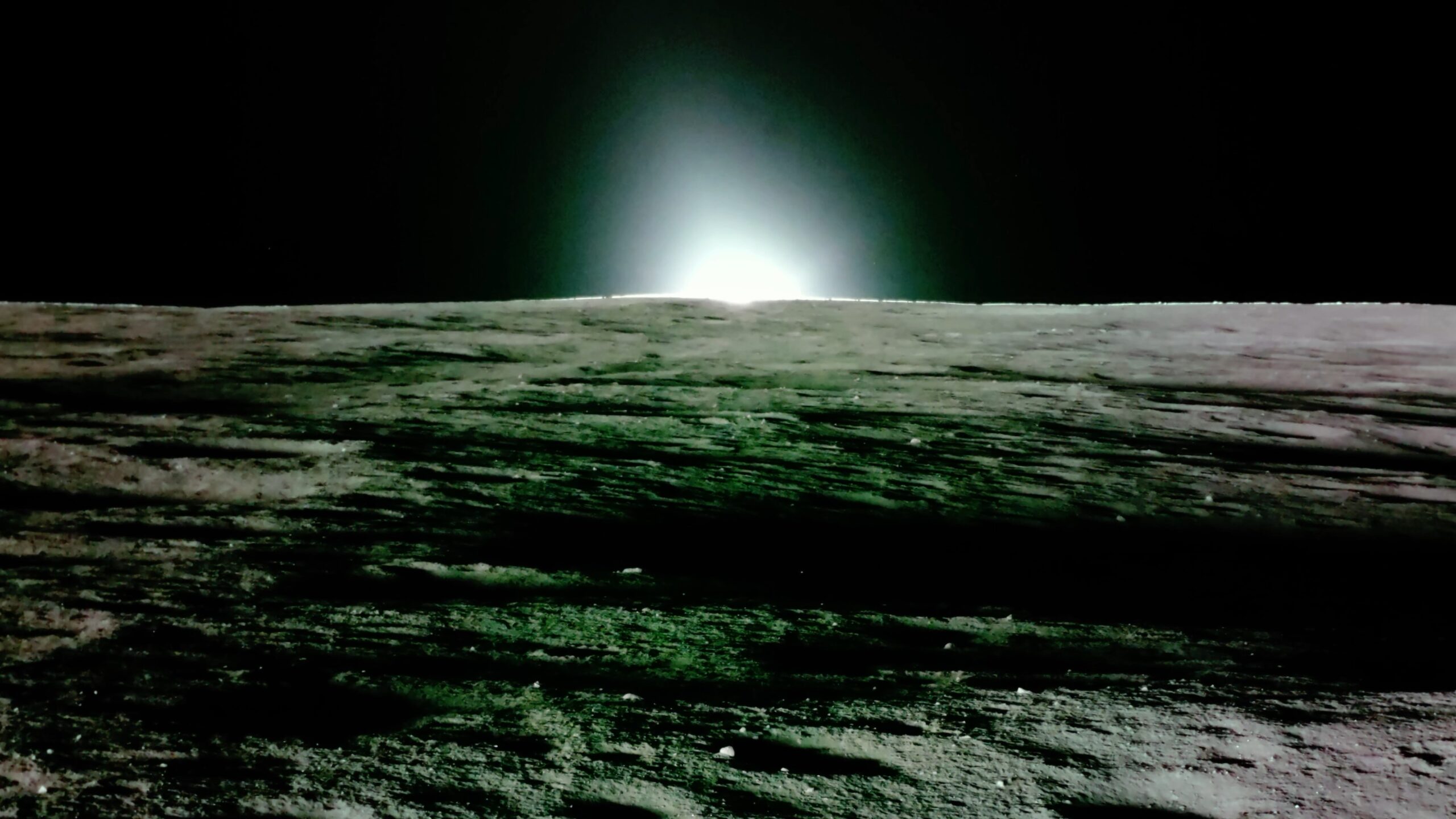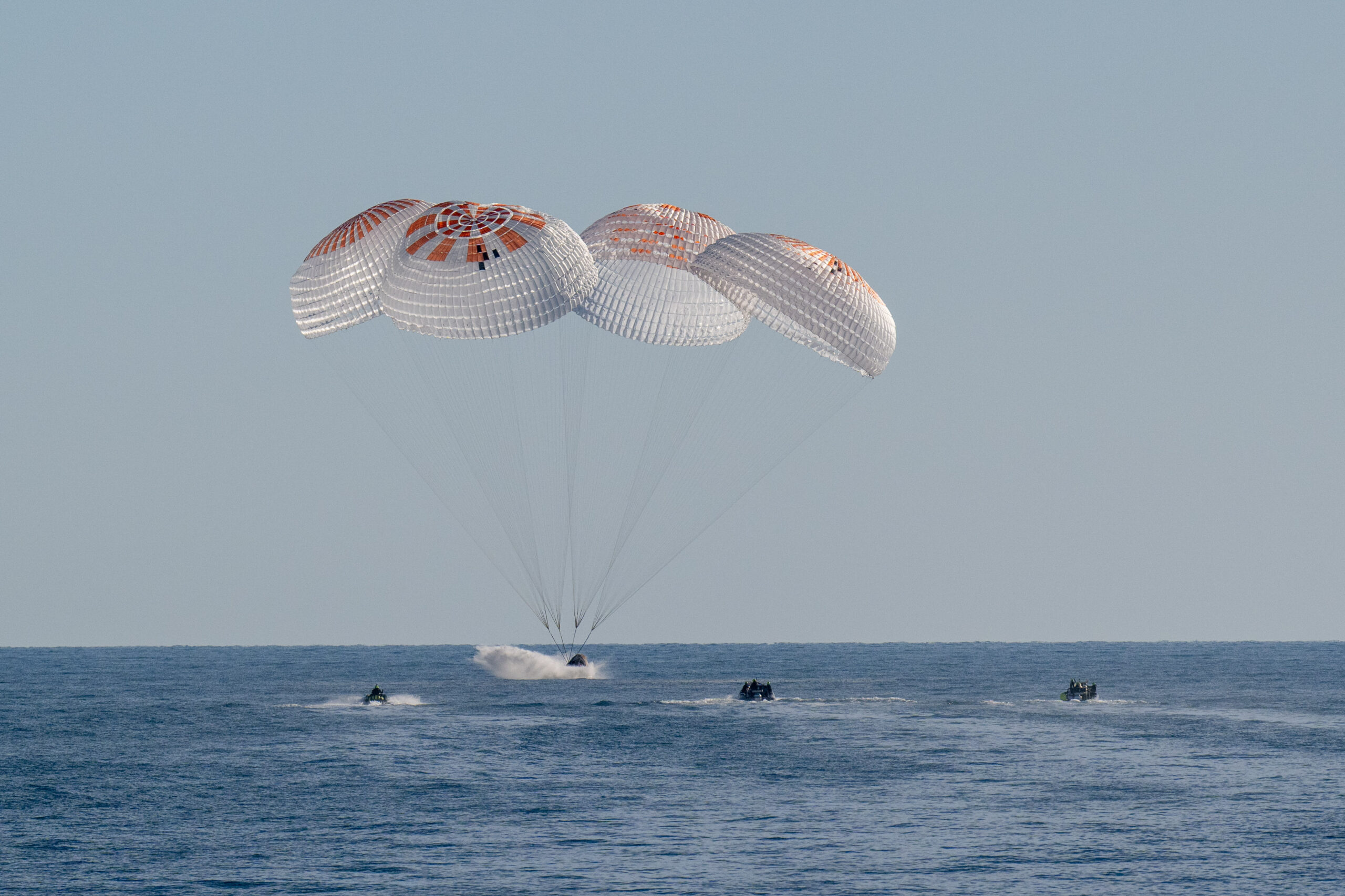Now Reading: NASA Advances Research Following Firefly’s Maiden Moon Mission
-
01
NASA Advances Research Following Firefly’s Maiden Moon Mission
NASA Advances Research Following Firefly’s Maiden Moon Mission

Swift Summary
- Firefly Aerospace’s blue Ghost Mission 1, part of NASA’s CLPS initiative and Artemis campaign, successfully concluded on March 16 after a 14-day operation on the Moon.
- The mission delivered 10 NASA science and technology instruments to the Mare Crisium basin on the Moon’s near side.
- Key scientific achievements included:
– Lunar subsurface thermal exploration up to 3 feet deep (record-breaking exhibition).
– Tracking GNSS navigation signals for future lunar/martian missions.
– Radiation-tolerant computing tests to enhance future mission safety.
– Mitigation of lunar dust through electrodynamic forces.
– Deployment of sensors for in-depth analysis of the Moon’s interior structure (up to depths of 700 miles).
– Captured X-ray images for studying earth’s magnetosphere interactions with solar wind.
– Advanced retroreflectors for precise measurements on Moon-earth dynamics.
– Collected high-resolution stereo images during descent highlighting surface interactions with spacecraft engine plumes.
– successful vacuum-based robotic soil collection showcasing affordable sampling methods.
- Data outcomes include over 119 GB transmitted back to Earth; insights to aid long-term lunar infrastructure planning under Artemis.
To read more: NASA Science Continues After Firefly’s First Moon Mission Concludes
Indian Opinion Analysis
Firefly Aerospace’s success in conducting scientifically groundbreaking demonstrations through NASA’s CLPS initiative represents a pivotal moment in space exploration. India, as a participant in lunar research via its own established programs like ISRO’s chandrayaan missions, can draw both inspiration and collaborative opportunities from such ventures.
The technological innovations tested-including advanced navigation systems, radiation-tolerant computing, regolith management solutions-offer valuable perspectives that align with India’s interest in expanding its presence on extraterrestrial bodies under projects aimed at moon bases or Mars exploration.
In practical terms, this mission sets benchmarks not only for commercial advancements but also serves as an example of bridging private enterprise with government-backed goals-a model that India’s burgeoning private space sector could emulate under initiatives such as IN-SPACe. It underscores how leveraging data-driven results accords critical insights necessary for constructing sustainable long-term planetary operations plans amidst atmospheric hazards like dust mitigation or radiation protection.Looking ahead within India’s specific context: fostering global collaborations focused around complementary payload priorities could help fill gaps otherwise posed by national resource constraints while positioning Indian expertise alongside cutting-edge technologies steering modern space endeavors globally.























